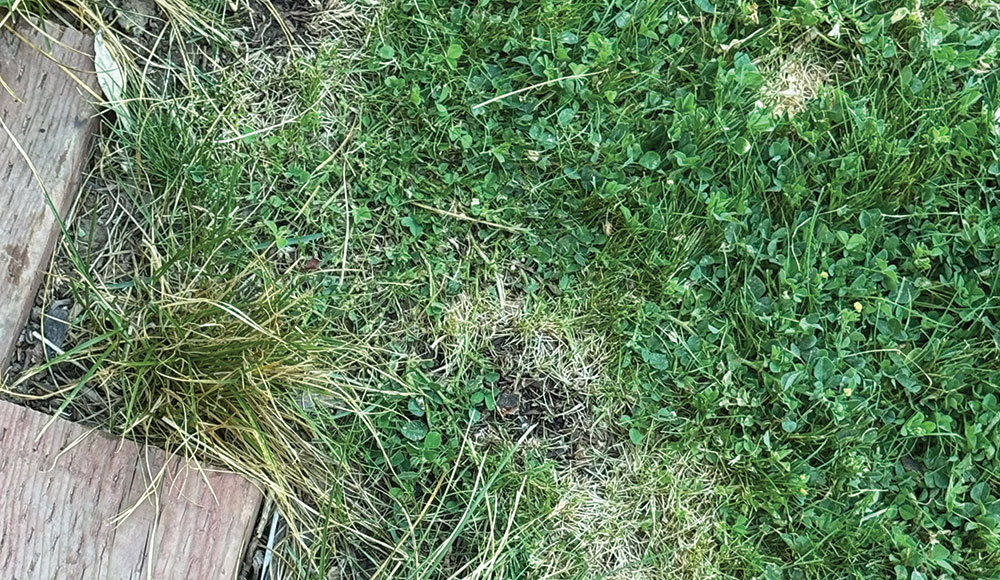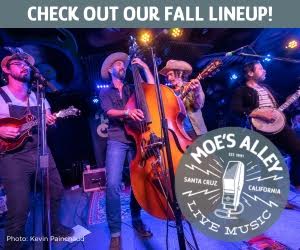On a quiet corner sits a house with a front lawn that looks more like a meadow than a yard. Tall grasses spill over onto the sidewalk, bees buzz between wildflowers and the sour tang of compost lingers near a row of potted plants. It’s not the conventional lawn one sees on TV. There’s no lush green carpet, no perfectly edged turf. But it is intentional, and it does make a statement.
A quiet revolution is unfolding across California, and the meaning of a “nice yard” is being redefined. With water bills rising each summer, more residents are putting down the hose and embracing a wilder approach to residential landscaping.
These so-called “feral lawns” take many forms. Some are carefully planned native gardens filled with drought-tolerant California flora, while others look like an HOA citation waiting to happen. But one thing is clear: Those who stray from traditional lawn culture often face side glances from neighbors and for their decision to disrupt the suburban status quo.
Many historians argue that the American obsession with manicured lawns didn’t sprout naturally—it was carefully cultivated. As Virginia Scott Jenkins explains in The Lawn: A History of an American Obsession, the aesthetic was inspired by the grand estates of 18th-century England and France, where expansive lawns signaled wealth, order and control. In the United States, this ideal was adopted during the rise of suburbia after World War II.
The postwar housing boom brought mass-produced homes, white picket fences and stretches of uniformly green grass, which became visual markers of respectability. By the 1950s, Jenkins writes, a well-watered, neatly mowed lawn had become not just a matter of aesthetics but of social obligation. “The lawn was a stage for middle-class aspirations,” she writes, “and keeping it trimmed and green was a civic duty.”
This legacy still lingers. Households with more disposable income often hire professional lawn care or have the time to keep their yards pristine themselves. Even in drought-prone California, a messy or “unkempt” yard can trigger social friction and HOA letters. It’s a quiet tug-of-war between personal freedom and neighborhood conformity.
Not everyone sees a wild yard as an improvement. According to a 2021 study by the National Association of Realtors, properties with poor landscaping can lose up to 30% of their value. But there’s a clear difference between intentional wild yards that are cost-effective and eco-friendly, and those that are simply overgrown from neglect. The key to going ethically feral, practitioners say, is low maintenance, not no maintenance.
But with ideals of the “perfect lawn” deeply ingrained by media and tradition, the question of what counts as good versus poor landscaping lies at the heart of this movement. That’s why homeowners receive unwanted opinions from neighbors about how they manage their front yards, even when they follow city guidelines and have never been cited. It’s also why environmental scientists are embracing the movement to educate people about the benefits of native plants and possibly change what it means to have a nice lawn.
Bart O’Brien, co-author of California Native Plants for the Garden and Reimagining the California Lawn, is working to educate people about the beauty and benefits of native plants. O’Brien shares that he’s spoken with many homeowners who initially switch to unconventional lawns to save on water or maintenance costs. Over time, however, these homeowners often develop an appreciation for the additional natural benefits, such as plants that provide food, natural dyes, weaving materials or attract small wildlife that make their yards home.
Aesthetically, O’Brien makes the case for wild gardens by saying that a lawn that is a mosaic of plants can offer more visual interest than the pristine green grass layouts we’re so used to seeing.
“So many people think that’s what they should be doing because everyone else is doing it, but it really is a crazy investment to expect of people,” O’Brien says.
O’Brien wants people to know that with less time, money and water, it’s still possible to have a beautiful yard—one that’s better suited to California’s dry climate and easier to sustain. For those considering going ethically feral, he recommends plants like buckwheats and California fuchsias, which offer vibrant, lasting color well into the summer months, contrasted to common lawn grasses that often turn brown and wither. Many native species, he notes, are not only drought-tolerant but also visually striking, even in the peak of California’s dry season.
In his own yard, O’Brien keeps a bunch of native plants that are currently potted and stowed away while workers do construction. Come winter, he says he wants to plant “literally hundreds of native plants” and looks forward to getting his hands in the soil again.
“So I hope all my construction is done by then,” O’Brien says with a laugh.
NEXT IN HOME AND GARDEN 2025—













